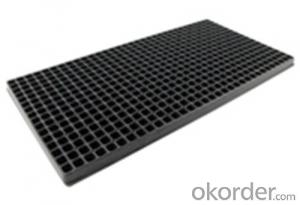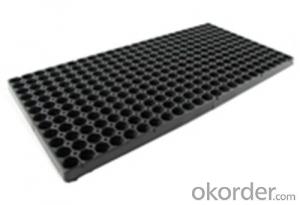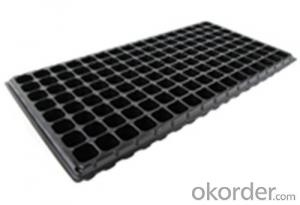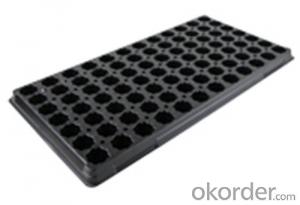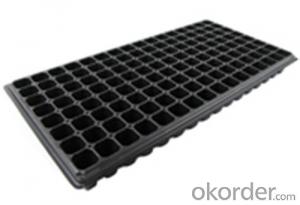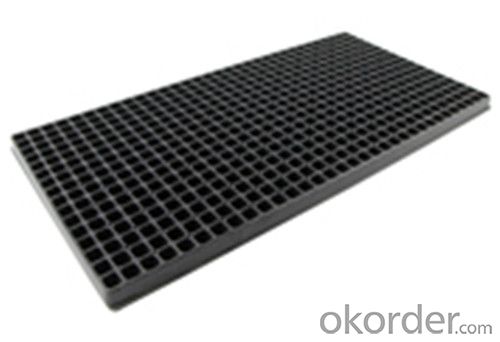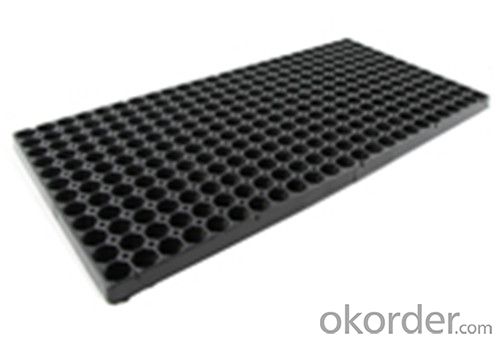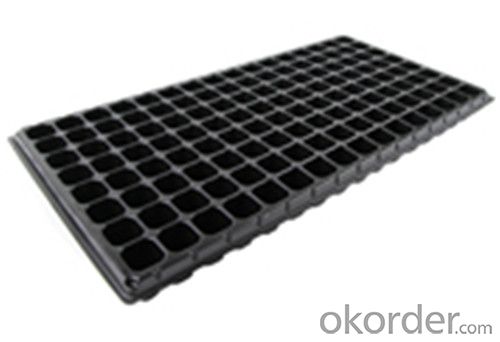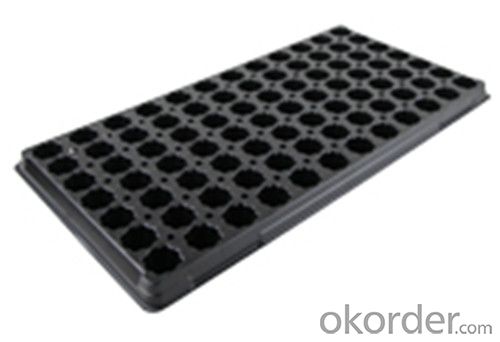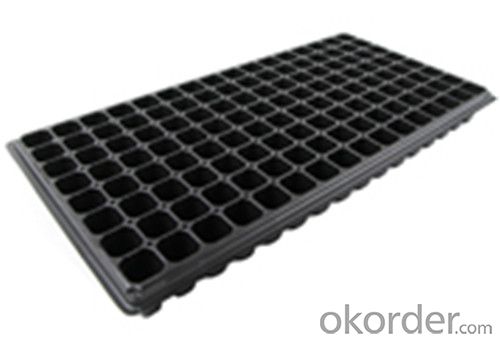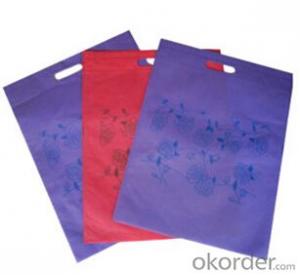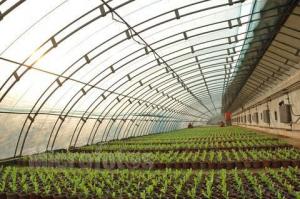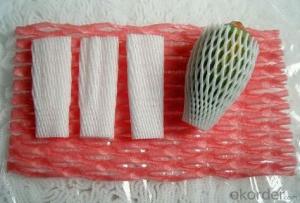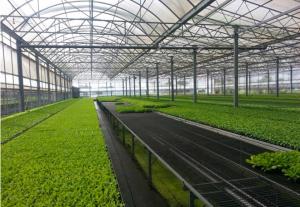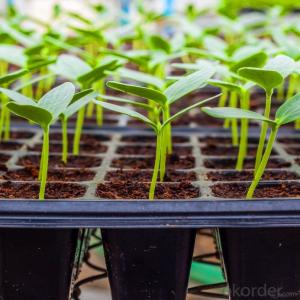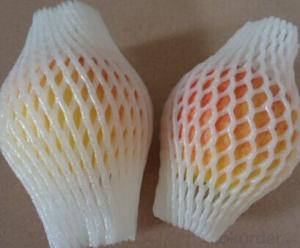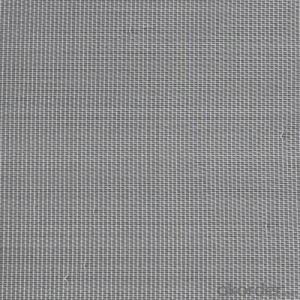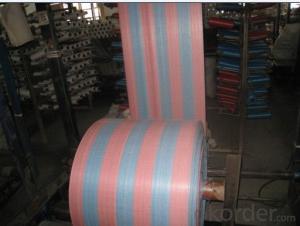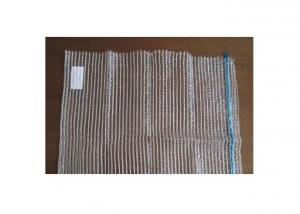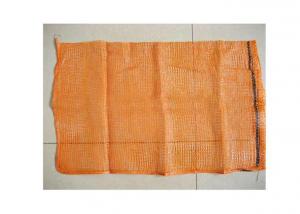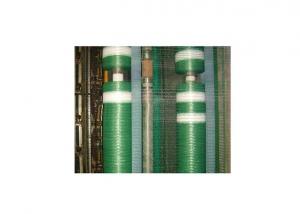Plastic Seed Tray Plug Tray for Green House Nursery Plug Tray Square Plug for Seeding
- Loading Port:
- China main port
- Payment Terms:
- TT OR LC
- Min Order Qty:
- 1000 pc
- Supply Capability:
- 100000 pc/month
OKorder Service Pledge
OKorder Financial Service
You Might Also Like
Structure of the seed tray:
Top quality and competitive price.
Variety design and good appearance.
Easy to use, and remove.
Durable and reusable.
Eco-Friendly.
Description Main Features of the seed tray:
Ideal for Starting seeds and Transplanting Seedling.
Suitable for both manual and automatic planting.
Suitable for Propagating Vegetables, Flowers and other plant from seed in green-house or indoors.
Seed Tray Images:
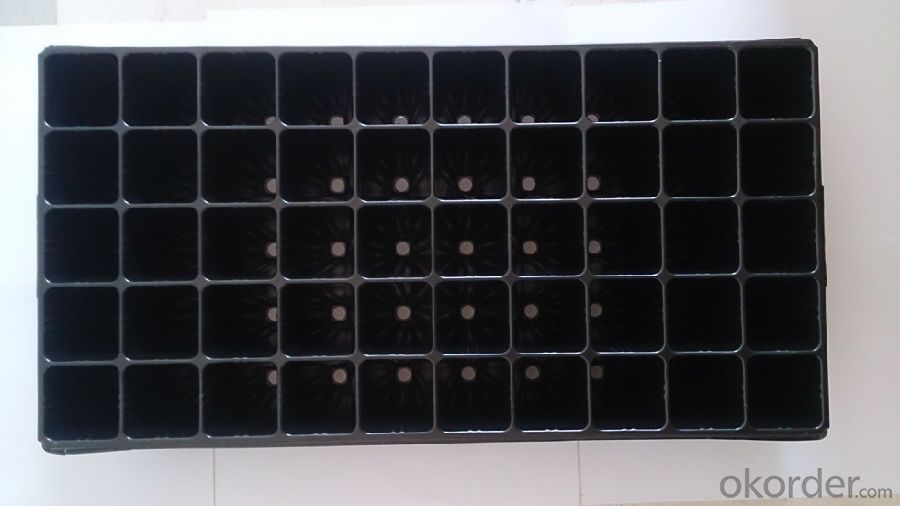
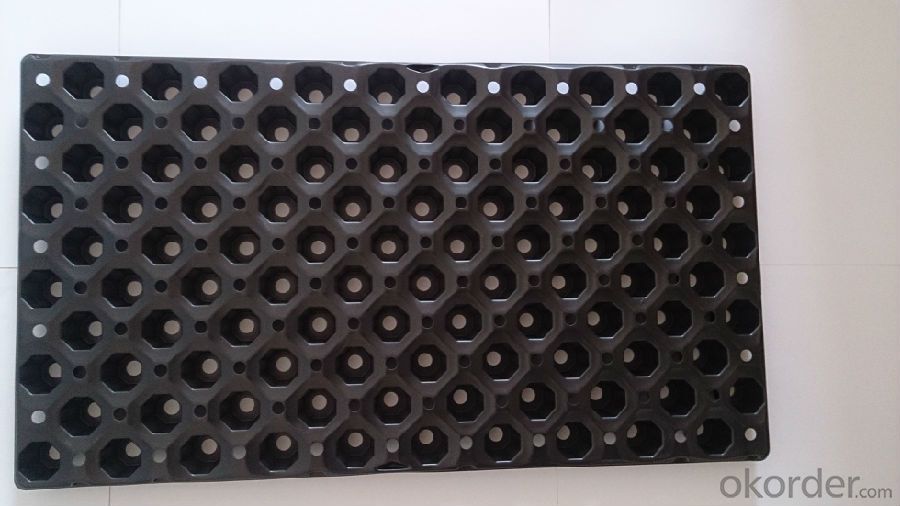
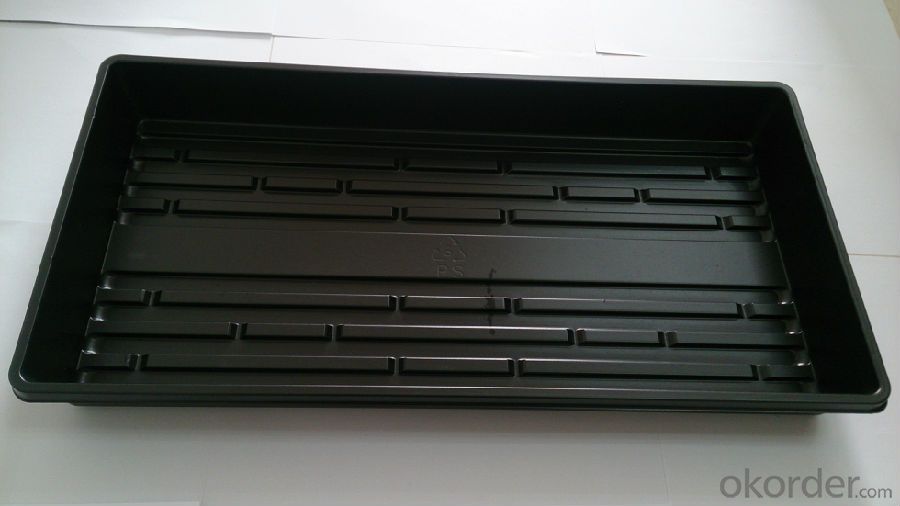
Seed Tray Specification:
Material: HIPS/PVC
Thickness: 0.5mm-1.5mm, Standard:1mm
Weight: 80g(±5)g-230g(±5)g, Standard weight:155g(±5)g
Size: length:490mm-540mm, width:190mm-345mm,depth:25mm-150mm
Standard:54mmX28mm
Cell count: 18-512
Package: carton
Using time: 8-10 times
FAQ:
Q:How Can I Get A Sample?
A:You can get samples by communicate with our export sales.
Q:How Long Is Delivery?
A:Delivery time will be 7-25 days according to order quantity.
Q:What Is The MOQ?
A:Our MOQ is 1*20FT container quantity, allow to mix several items.
Q:What Is Our Normal Payments Terms?
A:Our normal payment terms now is T/T, L/C or Western Union,Papal.
Q:How Do I Order Your Products?
A:You can check our website for any items you interest and you can also get communication with our export sales and order for it accordingly.
Q:What Kinds Of Material We Use In Our Product?
A:Our plastic flower pots use material such as PP polymer or PE polymer.
Thickness vs. Weight
Thickness of trays are from 0.5mm to 1.0mm.
1.0mm: 155g±5g; 100pcs/ctn.
0.9mm: 140g±5g; 120pcs/ctn.
0.7mm: 110g±5g; 150pcs/ctn.
0.6mm: 95g±5g; 180pcs/ctn.
0.5mm: 80g±5g; 200pcs/ctn.
Using time:
thickness of 0.5mm can be used 1 to 2 times.
thickness of 0.6mm can be used 3 to 4 times.
thickness of 0.7mm can be used 5 to 6 times.
thickness of 0.8mm can be used 7 to 8 times.
thickness of 0.9mm can be used 8 to 9 times.
thickness of 1.0mm can be used 8 to 10 times.
- Q: How much do nursery trays cost?
- The cost of nursery trays can vary depending on factors such as the size, material, and quantity needed. It is recommended to check with local suppliers or online retailers to get accurate pricing information.
- Q: I want to do plastic recycling of waste toys, this line, I do not know where there are old toys, plastic processing after the particle recycling business
- In this case alone, Changchun is buried about 10000000 yuan worth of wealth each year. Plastic products factory in the production process of the waste generated, without sorting and cleaning, is the processing of recycled particles of good raw materials. To establish business contacts with the plastic factory, the acquisition of waste processed into particles back to the plastic factory, or a certain amount of processing fees. In this way, that is, the plastic factory has solved the problem of recycling, and it is an effective way for us to generate revenue, and it is a win-win scheme. The large amount of plastic film used in rural areas in Northeast, northwest and North China belongs to one-off agricultural materials. The quantity is large and the price is low. The vast rural areas of adequate staff, if the organization personnel in the local collection or acquisition, can solve the pollution problem of agricultural soil in a timely manner, but also eliminates the intermediate links, to ensure that the sources of raw materials at the same time, but also greatly reduce the cost of raw materials, increase profits. To sum up, low prices, everywhere can be easily obtained waste plastics, for us to set up waste plastics recycling plant provides a unique condition. To realize the local purchase, processing and sale of waste plastics, the advantages are favorable and profitable.
- Q: Are nursery trays suitable for aquaponics?
- Yes, nursery trays can be suitable for aquaponics. Nursery trays are typically designed for seed propagation and can provide a stable and controlled environment for growing plants. They can be used in aquaponics systems to hold the seedlings or small plants, allowing their roots to be submerged in water while the trays are placed on top of the fish tank or grow bed. This setup allows the plants to absorb nutrients from the fish waste and grow efficiently. However, it's important to ensure proper water circulation and drainage in the trays to prevent waterlogging and ensure the health of the plants.
- Q: Can ground cover be used to create a living wall?
- No, ground cover cannot be used to create a living wall. Living walls typically involve vertical gardens or structures where plants are attached or grown on a vertical surface, while ground cover is primarily used to cover and protect the ground.
- Q: What are the regulations concerning the use of biodegradable agricultural plastics?
- <p>Yes, there are regulations on the use of biodegradable agricultural plastic products. These regulations vary by country and region, focusing on environmental impact, safety, and efficacy. For instance, the European Union has specific standards for biodegradable plastics, such as EN 13432, which outlines the requirements for industrial compostability. In the United States, the Federal Trade Commission (FTC) provides guidelines on environmental marketing claims, including biodegradability. Additionally, agricultural plastic regulations often address the rate of degradation, the conditions under which the plastics break down, and their impact on soil health and crop yield. Compliance with these regulations is crucial for manufacturers and users to ensure environmental sustainability and to avoid legal penalties.</p>
- Q: Do nursery trays come with a built-in bottom tray for water drainage?
- Yes, nursery trays typically come with a built-in bottom tray for water drainage. This tray allows excess water to drain out of the tray, preventing overwatering and root rot.
- Q: Are there any case studies on the use of agricultural plastic products?
- Yes, there are several case studies available on the use of agricultural plastic products. These case studies often focus on various aspects such as the impact of plastic films on crop growth, soil health, water usage, and overall agricultural productivity. They also explore the challenges and benefits associated with the use of plastic products in agriculture, including their environmental implications and potential alternatives.
- Q: the plastic glide on the top of my metal shed door is broken. i would like to replace it only.
- Building okorder /
- Q: Do nursery trays come with dividers to prevent cross-contamination of plant species?
- Yes, nursery trays often come with dividers to prevent cross-contamination of plant species. These dividers help maintain the integrity of each individual plant and prevent any potential mixing of seeds, soil, or water between different species.
- Q: Are nursery trays suitable for hanging succulents?
- No, nursery trays are not suitable for hanging succulents as they are typically designed for growing plants horizontally and lack the necessary features for hanging arrangements, such as drainage holes and secure hooks.
Send your message to us
Plastic Seed Tray Plug Tray for Green House Nursery Plug Tray Square Plug for Seeding
- Loading Port:
- China main port
- Payment Terms:
- TT OR LC
- Min Order Qty:
- 1000 pc
- Supply Capability:
- 100000 pc/month
OKorder Service Pledge
OKorder Financial Service
Similar products
Hot products
Hot Searches
Related keywords
